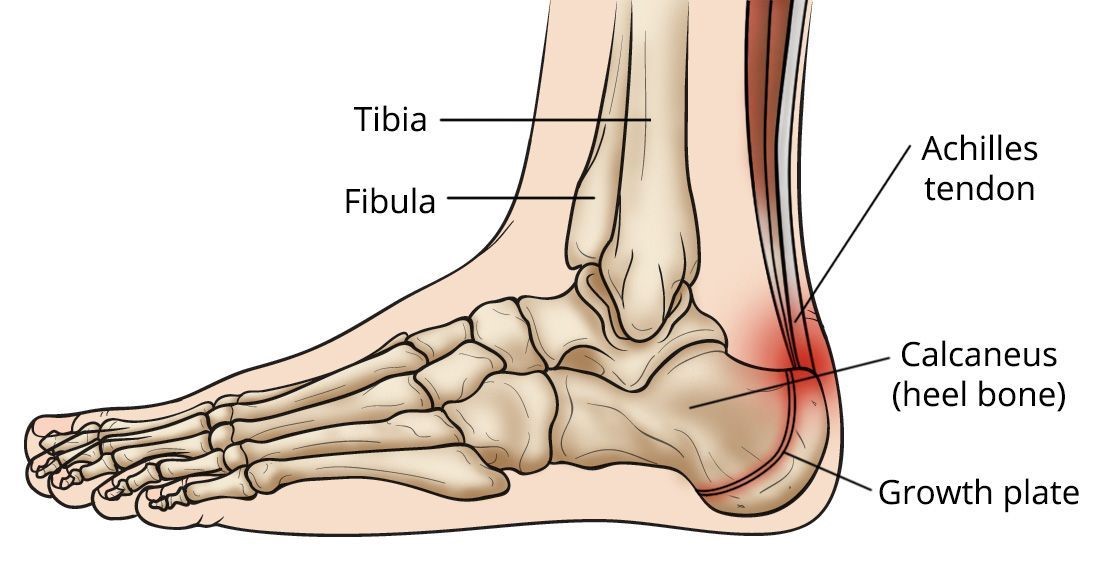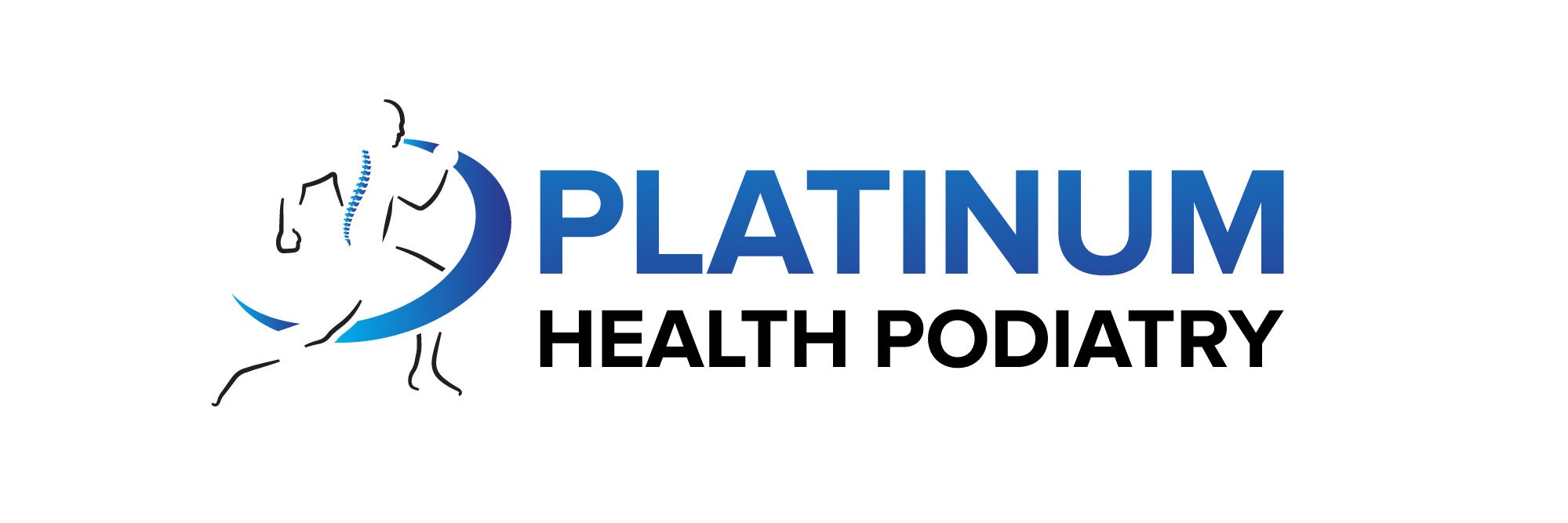Conditions
Severs Disease
Home >> Severs Disease
Severs Disease
Severs Disease
Sever’s disease, or calcaneal apophysitis, is a common cause of heel pain in growing children, particularly those who are active in sports. It involves inflammation of the growth plate in the heel bone (calcaneus). There is a biomechanical aspect to Severs in young children/ teens.
Causes
- Repetitive Stress: The condition often arises from repetitive stress on the heel, especially during growth spurts when bones, muscles, and tendons are rapidly changing.
- Physical Activity: Children and adolescents engaged in athletics, particularly running and jumping, are at higher risk. However, even less active adolescents can develop Sever’s disease, especially if they wear flat shoes.
- Biomechanical Aspect: Pulling of the Achilles Tendon and tightening of the calf muscles pulling at the growth plate located in the heel bone (calcaneus).
Symptoms
- Heel pain, particularly during or after physical activity.
- Tenderness and swelling at the back of the heel.
- Discomfort that may worsen with activity and improve with rest.
Management
- Rest: Reducing physical activity to allow healing.
- Ice Therapy: Applying ice to the affected area to reduce swelling.
- Footwear: Ensuring supportive footwear to alleviate stress on the heel.
- Orthotics: Custom insoles may be recommended to support the foot and reduce strain.
- Stretching and Strengthening: Exercises to improve flexibility and strength in the calf muscles and Achilles tendon.
Osgood Schlatter Syndrome is a common condition in growing adolescents, particularly those involved in sports. It arises from irregularities in the growth of bone and soft tissue around the knee. It is often linked to physical activity during periods of rapid growth.


